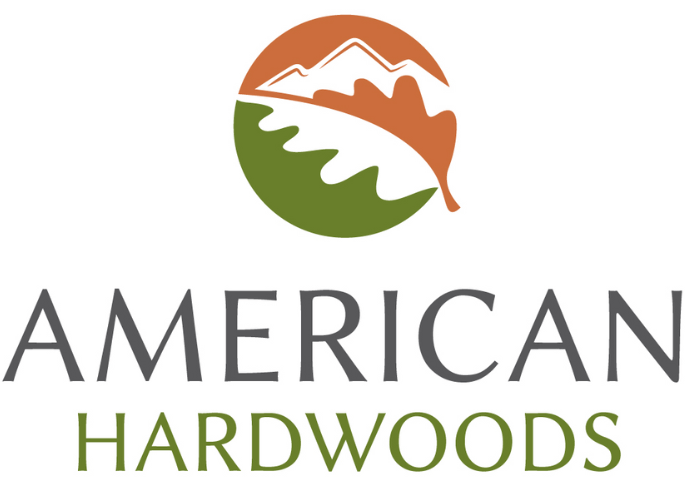Distribution and Availability
A dominant tree common throughout cool, mostly mountainous areas in Victoria, including stands of tall trees are found in the Otway, Dandenong, Yarra and Strzelecki ranges as well as Mount Disappointment and East Gippsland, and Tasmania, in the Huon and Derwent River valleys in the southeast of the state.
General Description
The sapwood is a light pale straw in appearance, with gum veins often visible. The heartwood ranges from golden yellow to pale brown, occasionally a slight pinkish colour can be sourced.
Physical & Mechanical Properties
The timber is hard and heavy with good strength properties, in particular its high resistance to abrasion and wear. It also has good steam bending properties.
Working Properties
Overall, Vic Ash is easy to work with hand and machine tools. The timber glues, turns, and finishes well.
Durability
Victorian Ash is very durable, with moderate insect resistance. It has excellent above ground properties, with a life expectancy of 7-15 years, and an in ground life expectancy is 0-5 years.
Main Uses
Victorian Ash is used for veneer, plywood, boatbuilding, general construction/utility wood, flooring, and turned objects.
A popular choice for framing, it’s also found in cladding, panelling, internal and external flooring, decking, joinery, landscaping and furniture applications.
Other Information
Also known as Tasmanian Oak.









